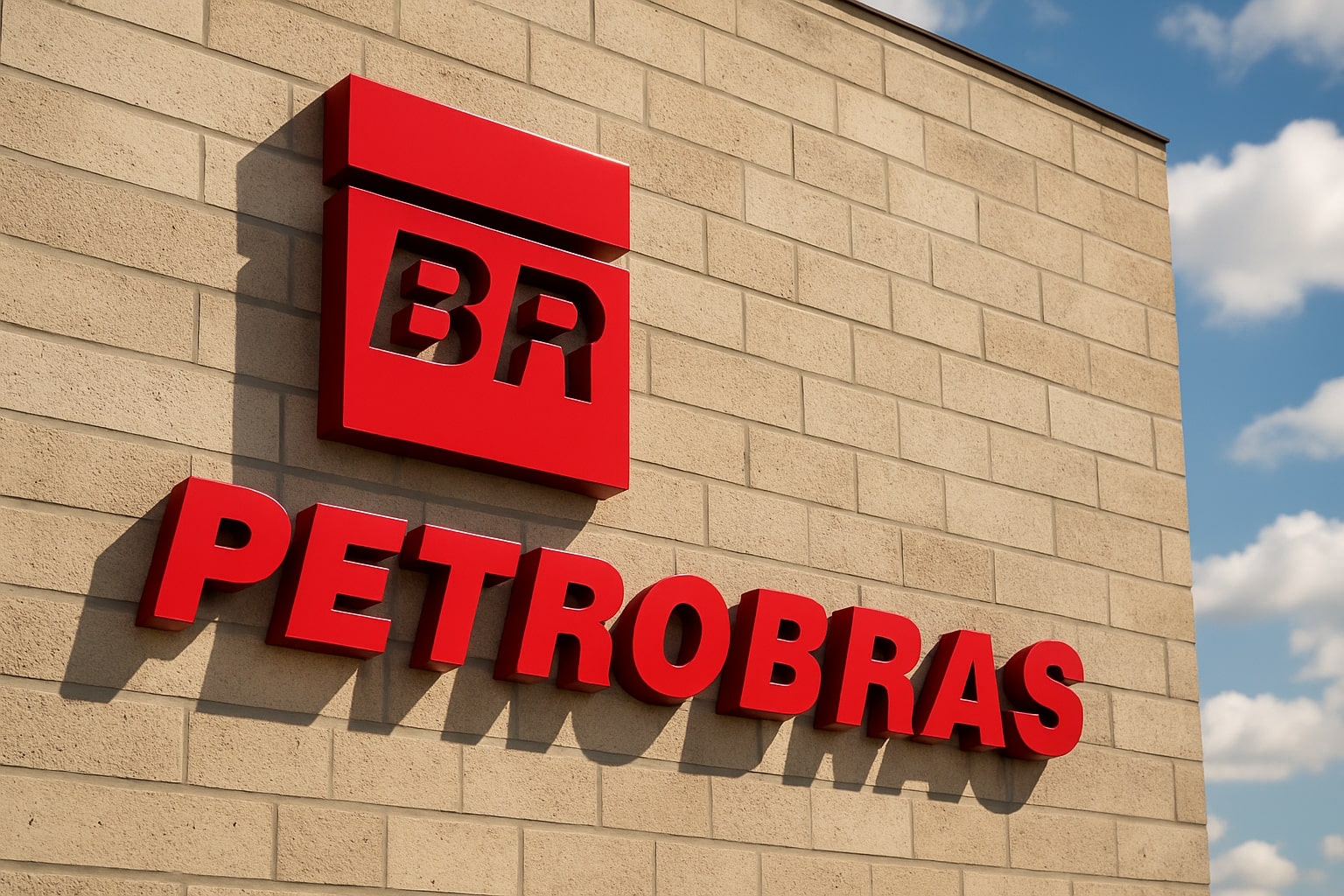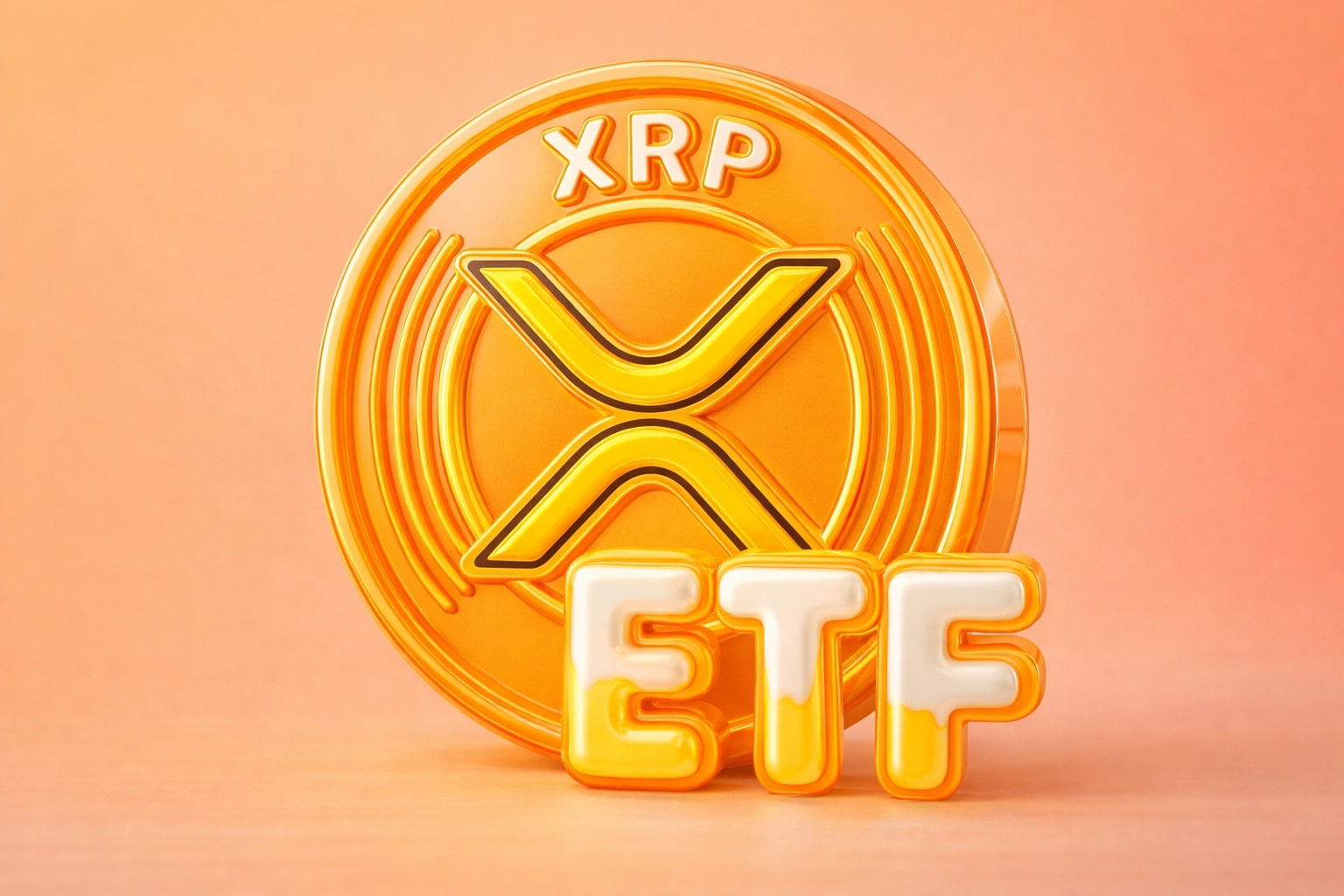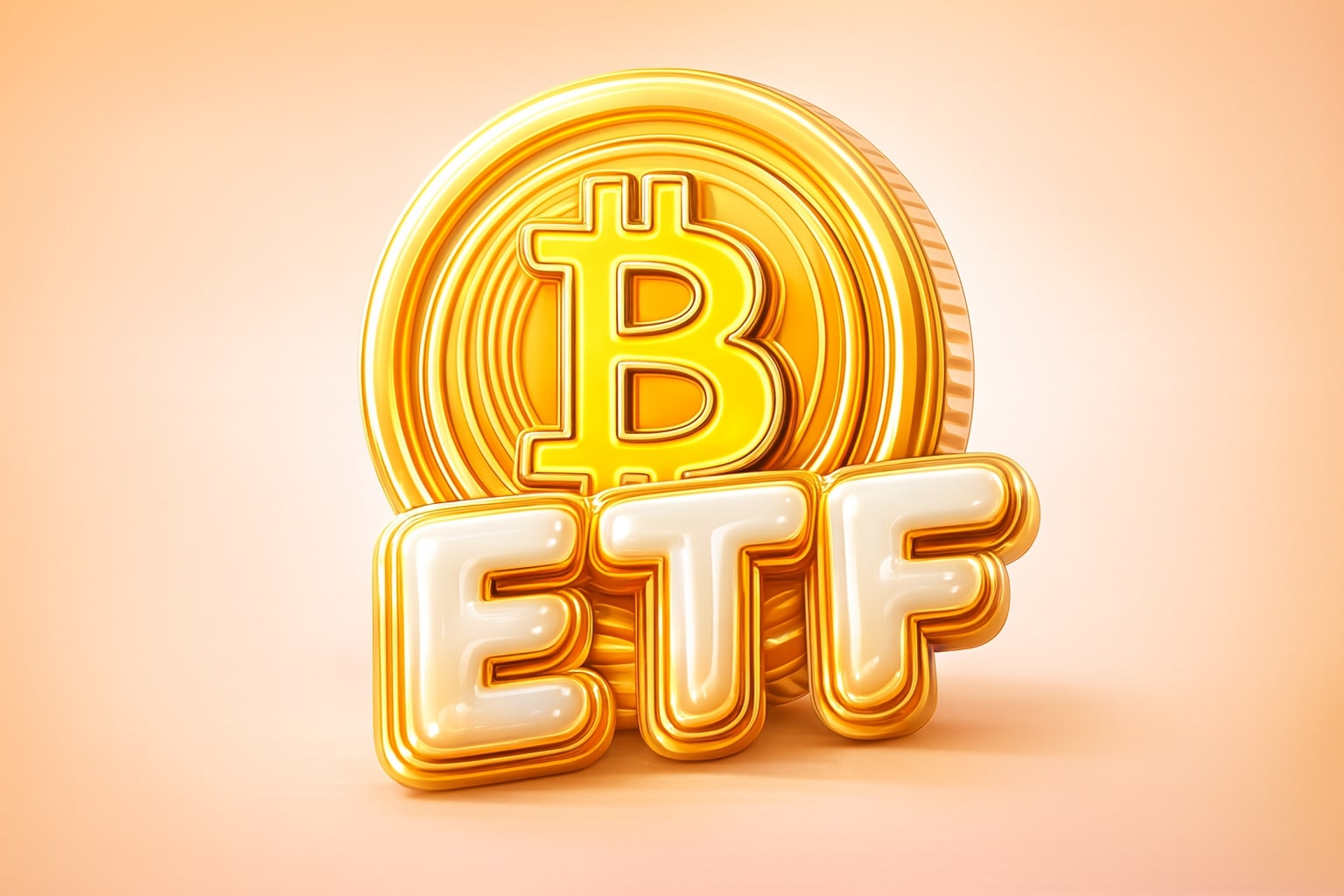
Petrobras Stock Price Forecast: High Yield and $111B Growth Strategy at $12.23
Petrobras delivers resilient margins, low breakeven oil costs, and ambitious offshore expansion while balancing political pressure and dividend payouts | That's TradingNEWS
Petrobras (NYSE:PBR) Stock Analysis: Dividends, CapEx, and Political Risk at $12.23
NYSE:PBR Performance and Market Context
Petróleo Brasileiro S.A. (NYSE:PBR) closed September 8, 2025, at $12.23, slightly down in after-hours trading. The stock has traded in a 52-week range of $11.03 to $15.34, highlighting volatility tied to oil cycles, Brazil’s politics, and tariffs. With a market cap of $77.2 billion and a P/E ratio of just 5.7x, the company trades at distressed multiples compared to peers like Exxon Mobil (NYSE:XOM) at 13x or Shell (NYSE:SHEL) at 10x, despite maintaining some of the strongest free cash flow margins in the global energy sector. Investors receive an extraordinary 14.9% dividend yield, with a forward annual dividend of $1.82 per ADR, making Petrobras one of the highest-paying oil majors globally.
Earnings Strength and Production Growth
For Q2 2025, Petrobras reported R$26.7 billion (~$4.7 billion) in net income and R$52.3 billion in adjusted EBITDA, marking a 5.1% increase quarter over quarter. Oil and gas production climbed to 2.91 million barrels of oil equivalent per day (boed), a 7.8% year-over-year increase, with 2.32 million barrels per day (bpd) from Brazil alone. Export volumes rose sharply, averaging 874,000 bpd, with China taking 52% and the U.S. now accounting for 8% of Petrobras exports, up from 5% in 2024. This geographic diversification shields the company from tariff shocks in the U.S., as Brazil’s core buyers remain Asia-driven.
Capital Spending and Long-Term Strategy
Petrobras’ updated five-year CapEx plan outlines $111 billion in spending through 2029, up from $102 billion in the prior cycle. For 2025 alone, $18.5 billion is earmarked, rising toward $20.9 billion in 2028. Most of this investment targets offshore expansion, with the pre-salt fields driving production efficiency. Petrobras also plans $7.9 billion in exploration by 2029, with the Equatorial Margin in northern Brazil positioned as its most promising frontier. Management has reaffirmed a balance between offshore dominance and energy transition, with $16.3 billion allocated to renewables and biofuels.
Valuation and Cash Flow Potential
The company generated $23.3 billion in free cash flow in 2024 when Brent averaged ~$80 per barrel. At current Brent levels near $67, operating cash flow is projected at ~$16 billion for 2025. Even with expanded CapEx, Petrobras expects to deliver ~$16–16.5 billion in annual free cash flow. With an enterprise value of $134 billion, the EV/EBITDA ratio of 3.6x remains far below industry averages of 6–8x, reflecting a Brazilian risk discount. Intrinsic value models point to an equity value of ~$15.40 per ADR, a 25% premium to current trading levels.
Dividend Policy and Distribution Outlook
Petrobras maintains one of the most aggressive payout structures among global oil majors. The mandatory 25% minimum dividend under Brazilian law ensures steady distributions, while the current policy channels ~45% of free cash flow to shareholders. In Q2 2025, the company approved R$8.66 billion (~$1.6 billion) in regular dividends, equating to yields above 10%. However, management has signaled limited extraordinary dividends in 2025, prioritizing CapEx funding. Over the next five years, distributions are expected to remain between $9–11 billion annually, supporting a 13–15% average yield. The difference between PBR common shares and PBR.A preferred shares remains relevant for yield-focused investors, with PBR.A generally offering higher payouts due to preferred dividend rights.
Balance Sheet and Debt Profile
Petrobras carries $68.1 billion in total debt, translating to a 92.4% debt-to-equity ratio. While high, leverage has declined compared to past cycles, with net debt/EBITDA near 1.0x, the healthiest level since 2008. Importantly, Petrobras benefits from Brazilian Development Bank (BNDES) financing and state ownership, allowing it to borrow at an average 6.8% interest rate, well below Brazil’s benchmark rate of ~14.8%. Cash reserves stand at $9.5 billion, and annual operating cash flow of $35 billion provides ample coverage for debt obligations and CapEx.
Oil Price Sensitivity and Break-Even Advantage
Petrobras’ breakeven costs remain industry-leading at ~$28 per barrel, meaning profitability is secured at levels that would cripple peers. Even when oil trades at $45–50, Petrobras generates positive margins, ensuring dividend protection. Sensitivity models suggest every $10 change in Brent impacts Petrobras’ cash flow by ~$5 billion. With global demand projected to peak only between 2029–2035, the company’s low-cost pre-salt fields provide a structural moat against downcycles.
Read More
-
SMH ETF: NASDAQ:SMH Hovering at $350 With AI, NVDA and CHIPS Act Fueling the Next Move
16.12.2025 · TradingNEWS ArchiveStocks
-
XRP ETFs XRPI and XRPR: Can $1B Inflows Lift XRP-USD From $1.93 Back Toward $3.66?
16.12.2025 · TradingNEWS ArchiveCrypto
-
Natural Gas Price Forecast: NG=F Falls to $3.80–$3.94 as Warm Winter Kills $5.50 Spike
16.12.2025 · TradingNEWS ArchiveCommodities
-
USD/JPY Price Forecast - USDJPY=X Slides, BoJ 0.50% Hike, Fed Cut and NFP Set the Next Big Move
16.12.2025 · TradingNEWS ArchiveForex
Geopolitics, Tariffs, and Political Interference
Brazilian politics remain the biggest valuation drag. The government holds over 50% voting power, appoints Petrobras’ CEO, and has historically interfered with domestic fuel pricing to curb inflation. President Lula’s current administration is pressuring Petrobras to invest heavily in infrastructure and renewables, a potential cap on dividends. However, state backing also ensures preferential financing and protection against insolvency. On tariffs, Petrobras’ CEO recently emphasized that U.S. restrictions have limited impact since only 8% of exports go to the U.S., while China and India remain strategic buyers. This shields Petrobras from direct tariff shocks but keeps sentiment volatile.
Peer Comparison and Market Discount
Compared with peers, Petrobras trades at forward P/E of 4.6x, versus Exxon at 12x and BP (NYSE:BP) at 10x. Its EV/EBITDA at 3.6x is half that of Equinor (NYSE:EQNR) at 7x. Despite this, Petrobras delivers margins north of 15% and a return on equity of 18.5%, beating most international majors. Political discounting explains much of the valuation gap, but operational metrics show Petrobras outperforms peers on efficiency, production growth, and dividend yield.
Insider Activity and Institutional Ownership
Institutional investors hold 19.6% of Petrobras’ float, while insider ownership is just 0.01%, reflecting state dominance. Insider transaction data can be tracked here. Short interest sits at 1.99% of float, or 35.2 million shares, a modest level that suggests limited speculative bearish positioning. The low insider alignment is offset by Brazil’s state-driven agenda, which prioritizes Petrobras’ role in national strategy.
Final Verdict: Buy, Sell, or Hold?
At $12.23 per share, Petrobras combines 14.9% yield, robust pre-salt production, and an undervaluation gap of ~25–30% against intrinsic value models. While political interference and tariffs present volatility risks, Petrobras’ $28 per barrel breakeven, $111B CapEx expansion, and ability to generate $16B+ free cash flow annually secure long-term sustainability. Compared to peers, the stock trades at distressed multiples despite superior fundamentals. For investors tolerant of volatility and state-driven policy risk, NYSE:PBR is a Buy, with fair value estimated at $15–18 per ADR over the next 12–18 months.


















